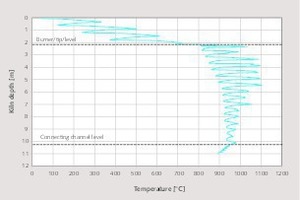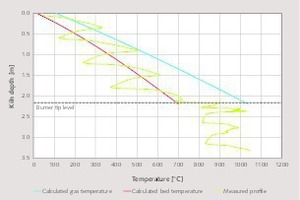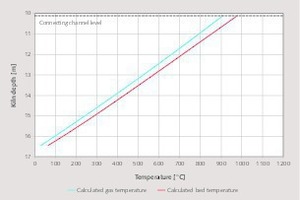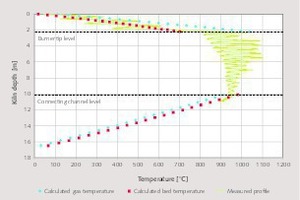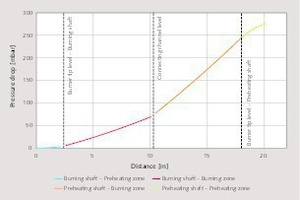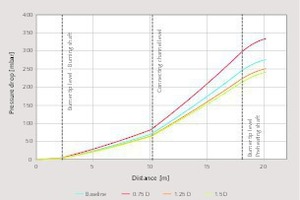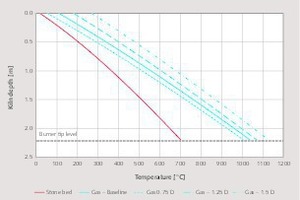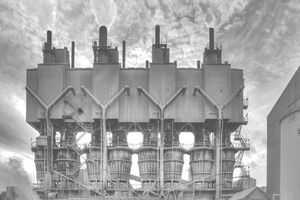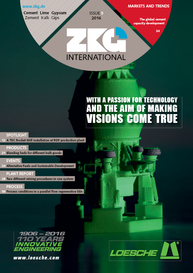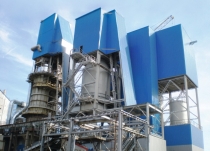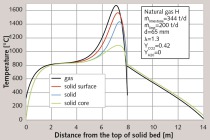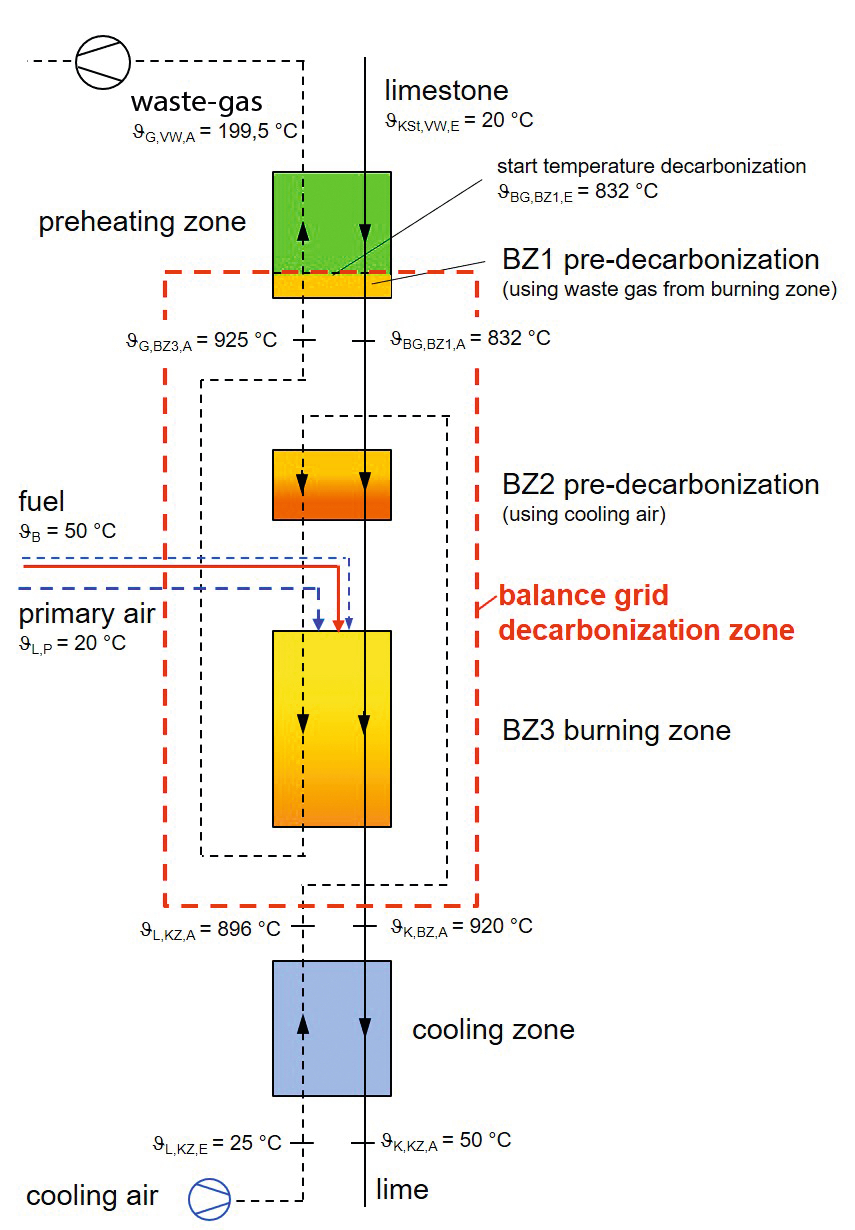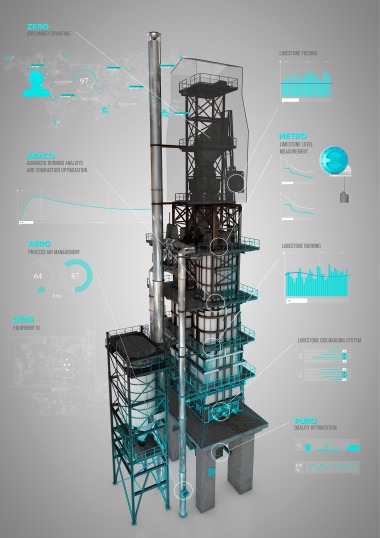Understanding the process conditions in a parallel flow regenerative kiln
A lime manufacturer operates a 300 tons per day Parallel Flow Regenerative Kiln (PFRK), fired with natural gas. The kiln is fed with 40-80 mm limestone, but in order to maximize the use of the quarry reserve, the company wished to explore the possibility to feed the kiln with smaller and coarser particle size distribution. Besides, depending on the weather conditions, the moisture content of the stone widely varies and impacts the heat consumption of the kiln. The scope of the study was then to quantify the influence of the stone size and its moisture content on the kiln process. To lead this study, EESAC has developed a mathematical model able to: determine the heat and mass balance of the kiln, calculate the stone and gas temperatures in a selected part of the kiln and assess the pressure drop along the shafts.
1 Initial status
The first step of the study consisted in establishing a global heat and mass balance of the kiln. The energy balance is summarized in Table 1.
The energy balance actually highlighted the fact that more than 8 % of the total heat input (natural gas) was used to dry the limestone in the preheating zone of the kiln. At the time of the study the kiln feed moisture was 6.9 %.
Then, in order to better understand the kiln burning conditions, the temperature profile of the kiln was measured. The measurement was carried out with a 25 meter long thermocouple inserted at the top of the...

